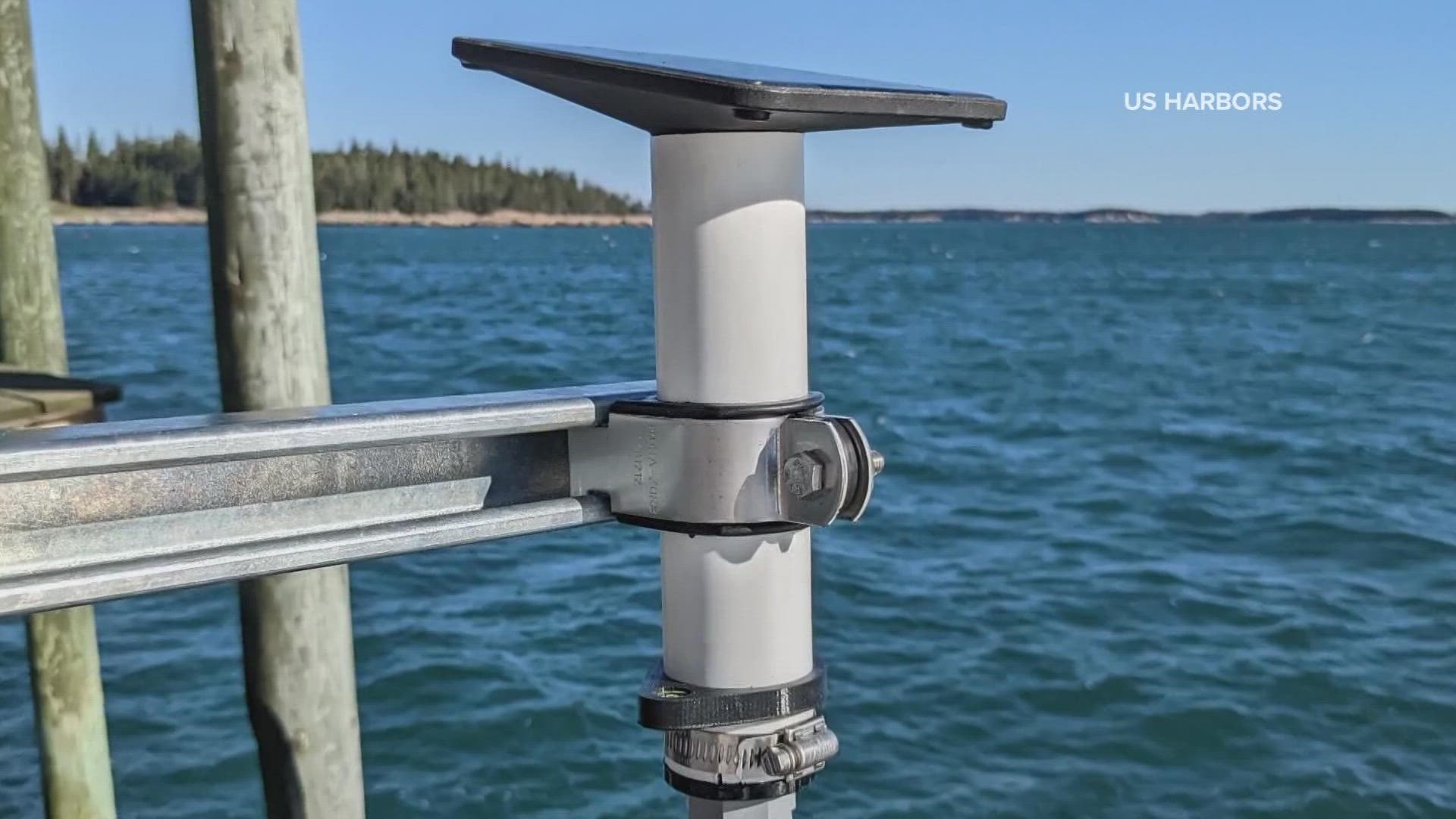PORTLAND, Maine — Rising sea levels because of climate change have forced communities up and down the Maine coast to make expensive upgrades to vulnerable infrastructure, from sea walls to bridges.
As part of a pilot study, scientists at the Gulf of Maine Research Institute are using a new tool to better calculate rising tides and improve flood preparedness.
Portland reached its third highest tide on record during a January blizzard four years ago. An astronomical high tide caused flooding along Portland's waterfront and damaged homes and businesses.
But it also gave city officials invaluable information to help better prepare for another event.
"There are high watermarks in the city that identify current storm systems and future systems as we go forward," Kevin Deneault, GIS mapping specialist and flooding expert for Portland's Public Works engineering department, said.
Portland, along with two other coastal communities, has partnered with the Gulf of Maine Research Institute to gather data to help improve tide predictions. Hannah Baranes, a scientist with GMRI, is leading the pilot project. She said data from Maine's 5,000-mile coastline is limited. Currently, there are only 30 gauges installed to measure water levels.
"Having more measurements of water levels along the coastline is going to be hugely helpful to essentially check if our models of flooding are accurate," Baranes said.
Utilizing a $50,000 grant, scientists have installed several water level monitoring sensors to gather that important data.
"It's ultra-sonic and shoots an ultrasonic wave down at the water's surface," Baranes said.
Powered by solar panels, sensors were installed just this week in St. George and in Portland's Back Cove. It's an area the city does not have a lot of data on when it comes to flooding.
"We see more vulnerability in Back Cove in terms of buildings, homes, and residential property," Deneault said.
Sensors will soon be installed on the Boothbay peninsula. The data from the sensors are measured in realtime. As part of a community science program, residents in all three communities will also take measurements and photos of where the sensors are located.
In March, Scientists from the GMRI plan to seek a $1 million grant from the National Science Foundation to expand the study to include 20 communities along the Maine coast.
The information will be used to establish flood thresholds and improve emergency response, including evacuating residents to closed roads.
Communities interested in participating in phase 2 of the pilot project can contact Hannah Baranes at the Gulf of Maine Research Institute.

